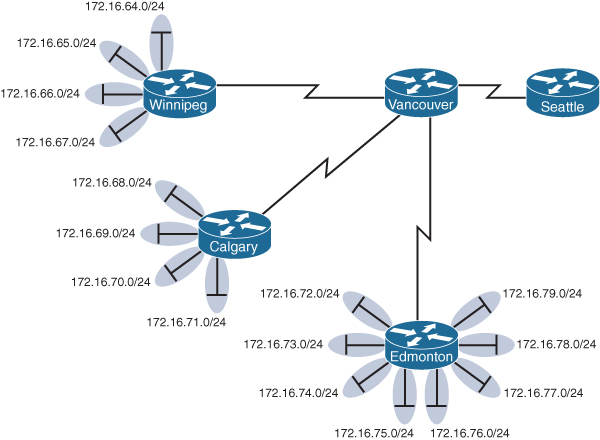Re: Need some advice on learning networking
Man, routing is complicated business. After listening to hours hours of material about the theory of Dynamic Routing Protocols and Route Summarization, I thought I understood it from top to bottom. Then it came time to put that knowledge to use in the lab and that changed everything. I won't lie, I really struggled with it. There was a mental barrier that I couldn't break through.
But I didn't give up and the the light bulb finally came on for me. Cisco forces you to learn every nuance of routing. Complicated stuff.
Man, routing is complicated business. After listening to hours hours of material about the theory of Dynamic Routing Protocols and Route Summarization, I thought I understood it from top to bottom. Then it came time to put that knowledge to use in the lab and that changed everything. I won't lie, I really struggled with it. There was a mental barrier that I couldn't break through.
But I didn't give up and the the light bulb finally came on for me. Cisco forces you to learn every nuance of routing. Complicated stuff.




Comment